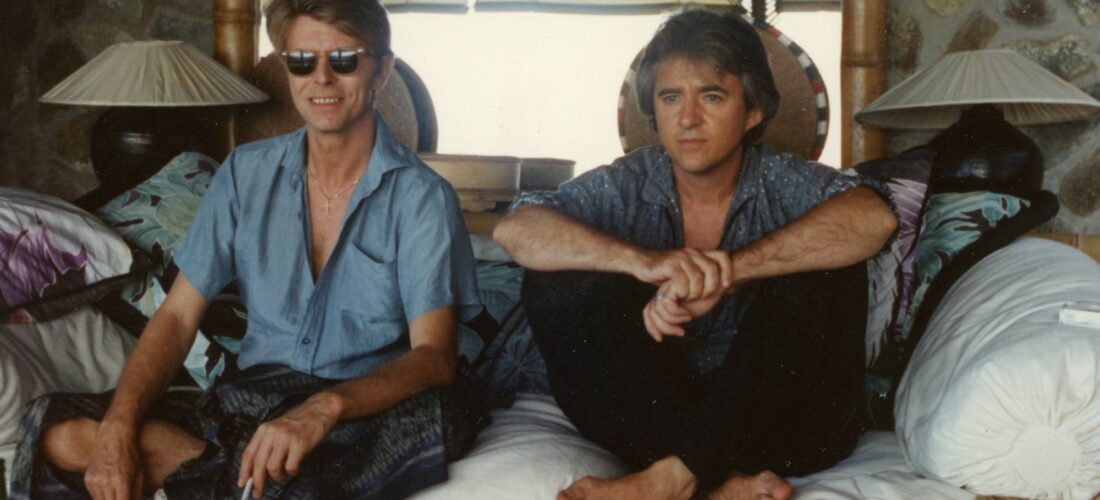Artist behind iconic David Bowie album covers creates new work for “innovative” War Child exhibition
George Underwood, the artist behind some of David Bowie‘s most iconic album covers, has donated a new painting to an upcoming War Child charity exhibition. Find more details below.
War Child, the charity that provides support to children and their families in conflict zones across 15 countries, announced ‘Sound & Vision’ — “an innovative fundraising exhibition and global online auction” — earlier this week. The annual exhibition, curated by Art On A Postcard, will see artists respond to an iconic lyric in order to raise awareness and funds for children impacted by conflict.
For its inaugural year, Underwood is among 33 leading contemporary artists who have created work inspired by the Bowie lyric “We like dancing and we look divine”, taken from the late singer’s 1974 hit ‘Rebel Rebel’.
The exhibition will take place at 180 Studios, London on September 26 and 27, and a global, online auction will run from September 17 to October 1. You can add it to your calendar here.
After meeting at school, Underwood and Bowie formed a band. However, their musical partnership didn’t last after Underwood punched Bowie in a fight over a girl. The years after, however, saw Underwood create artwork for Bowie’s biggest albums, ‘Hunky Dory’ and ‘Ziggy Stardust’, as well as the first T. Rex album cover.
Recommended
Elsewhere in the exhibition, there will be new work from National Portrait Gallery BP Portrait Award-winning painter Ishbel Myerscough, Joseph Dupré, Stuart Semple, Andrew Piere Hart, Nettie Wakefield, and Harland Miller.
During his life, Bowie was an avid supporter of War Child. In 1994, alongside Brian Eno, and Athena Eno, bowie curated ‘Little Pieces from Big Stars’, an innovative exhibition raising funds for the charity.
‘Sound & Vision’ coincides with the 50th anniversary of Bowie’s seminal album ‘Diamond Dogs’ — which featured ‘Rebel Rebel’.
In other news, music PR legend Alan Edwards recently told NME how Bowie used to disguise himself in public during the height of his commercial success.
“He told me his secret to not being recognised was to wear a cloth cap and have a Greek newspaper under his arm. That way if anyone ever questioned whether it was him, they’d look closer and think, ‘Well it can’t be… he’s obviously Greek’,” Edwards said.
